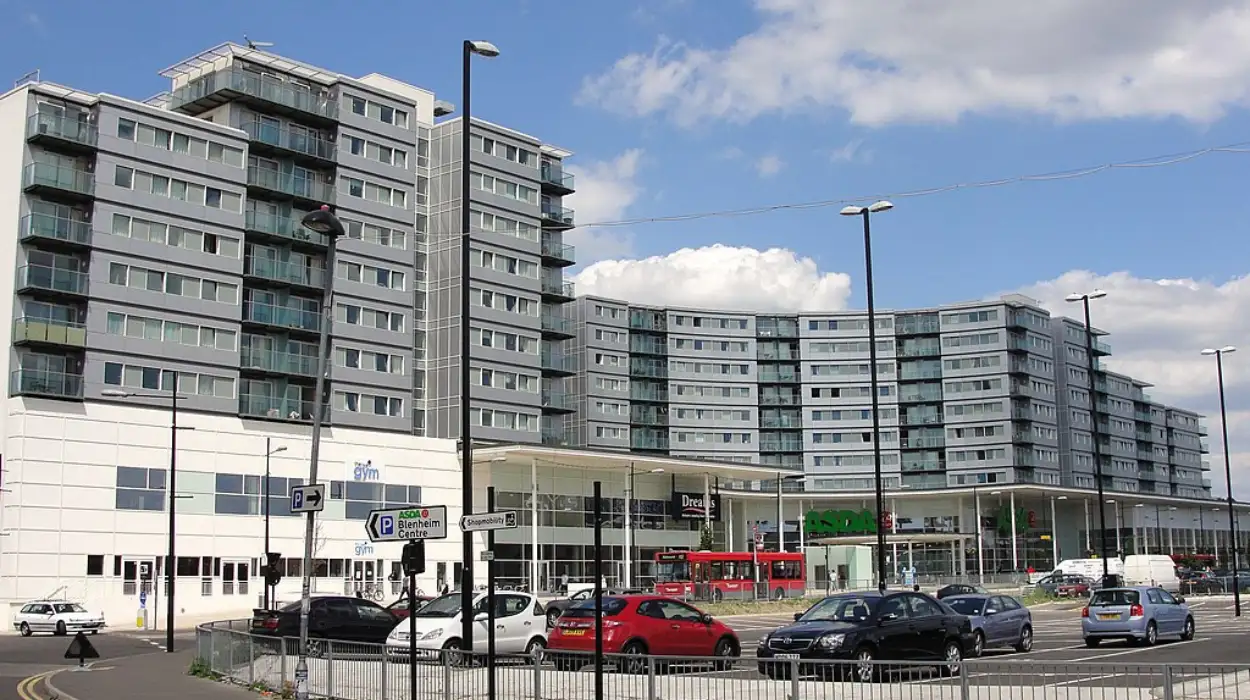Hounslow (Parliament Politics Magazine) – A former Hounslow beer garden and car park is set to be redeveloped into six new family-sized homes, bringing fresh housing opportunities to the area.
In mid-September, the plans were accepted by the planning department of Hounslow Council. The location is adjacent to Feltham’s Beehive, which is listed.
The market price will be used to sell the six homes on Staines Road. This indicates that none are “affordable” and none are available for rental. Each two-story home will have three bedrooms, a storage space, and an amenity. Additionally, there will be six parking spots, one for each house.
Additionally, each house will include a front and back garden. Nevertheless, four of the homes would only have 40 square meters, falling short of the council’s 60 square meter garden standard. Cycle retailers will be provided by the developers in addition to the parking lot.
The land has been the subject of an enforcement inquiry due to suspected activities on the property, according to council papers.
According to the council, this has to do with the purported illegal use of land for the parking park’s automobile sales. During a site visit, council officers verified this, and it is still being looked into.
There were worries that the bar may lose its parking and beer garden. Council officials discovered that there would still be seats in the garden and that the bar would not be impacted.
It turned out that the pub’s kitchen odor extract system was insufficient, which council offices believed might have an impact on newcomers. Therefore, before any tenants move in, the applicant must legally finance a new extraction system.
With solar panels installed, the houses will fulfill energy regulations and reduce carbon emissions by 74%.
Neither local organizations nor people voiced any objections.
What planning application reference and decision date apply?
After a local planning authority (LPA) has received a planning application and validated it, they provide a unique planning reference number.
The LPA has statutory timeframes to determine the application, usually 8 weeks for minor developments or 13 weeks for major ones, unless agreed to extend the timeframe.
The date of the decision is recorded at the time the notice of decision is issued to the applicant, which includes a determination of whether permission is granted or refused, and any conditions or reasons attached to the decision.
Local authorities routinely publish planning applications, decisions and appeals publicly – via online planning registers, usually available for applicants to search using the application reference number or address.


